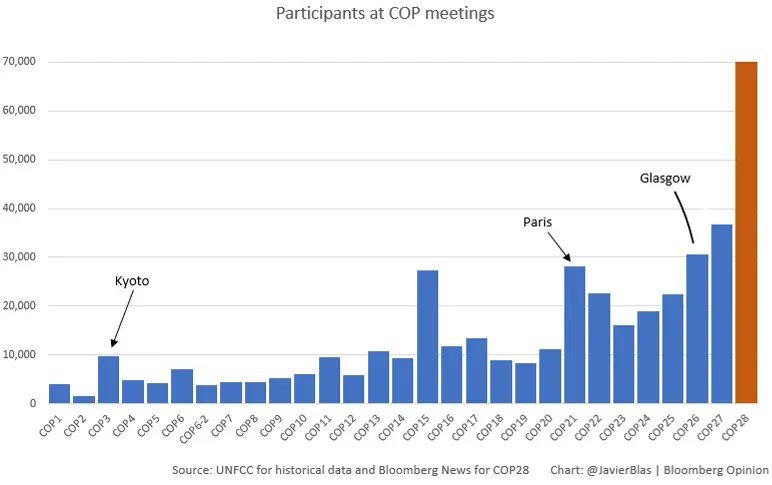Pielke Jr.: The Weaponization of ‘Scientific Consensus’ – Only science offers a path to truth, not surveys of expert opinion
https://rogerpielkejr.substack.com/p/the-weaponization-of-scientific-consensus By ROGER PIELKE JR. Excerpt: In September, 2022 California Governor Gavin Newsome signed into law a bill that prohibited medical professionals from sharing “misinformation” with patients. Specifically, the law stated that it would be [U]nprofessional conduct for a physician and surgeon to disseminate misinformation or disinformation related to COVID-19. The law defined “misinformation”: “Misinformation” means false information that is contradicted by contemporary scientific consensus contrary to the standard of care. The law reflected a common perspective: A scientific consensus represents truth and views outside that consensus are misinformation. Thus, to identify those who are spreading misinformation we simply need to identify the relevant scientific consensus. Those out of step with the consensus, the argument continues, can then be called out or sanctioned for spreading misinformation — and public discourse can proceed based on accepted facts, not falsehoods. The notion of consensus-as-truth has been operationalized in various forms: journalistic “fact checkers,” academic “misinformation” researchers, and content moderation on social media platforms. The practical effect is the creation of self-appointed arbiters of truth — journalists, academics, social media platforms, and even governments — who render judgments on acceptable and unacceptable speech according to conformance with an acceptable view. There are many problems with the notion of consensus-as-truth and the (self)appointment of misinformation police to regulate discourse, whether of the public or, as in the case of the California law, of experts themselves. A scientific consensus is not a single view, but a distribution of views. Almost 20 years ago I participated in an exchange in Science with Naomi Oreskes on this point. Professor Oreskes shot to fame by publishing a commentary that argued that the consensus on climate change was universal, based on a review of 928 papers. Oreskes argument quickly moved from characterizing science to a call for political action, based on the asserted universal consensus. I responded by arguing that a consensus is not a single thing, but a distribution, and policy should be robust to that distribution: The actions that we take on climate change should be robust to (i) the diversity of scientific perspectives, and thus also to (ii) the diversity of perspectives of the nature of the consensus. A consensus is a measure of a central tendency and, as such, it necessarily has a distribution of perspectives around that central measure. On climate change, almost all of this distribution is well within the bounds of legitimate scientific debate and reflected within the full text of the IPCC reports. Our policies should not be optimized to reflect a single measure of the central tendency or, worse yet, caricatures of that measure, but instead they should be robust enough to accommodate the distribution of perspectives around that central measure, thus providing a buffer against the possibility that we might learn more in the future. A further complication is that the notion of a “consensus on climate change” is incoherent. In a 2011 study of how the Intergovernmental Panel on Climate Change (IPCC) represented uncertainty in its Fourth Assessment Report, Rachael Jonasson and I identified 2,744 “findings” across the AR4 report — each finding was a specific scientific claim. There was a degree of consensus associated with each of those claims — the distribution of views may have been narrow (e.g., climate change is real), bimodal or wide (e.g., future hurricane incidence), and with the advantage of hindsight, utterly wrong (e.g., a high emissions scenario is business-as-usual). … Full report: https://rogerpielkejr.substack.com/p/the-weaponization-of-scientific-consensus



